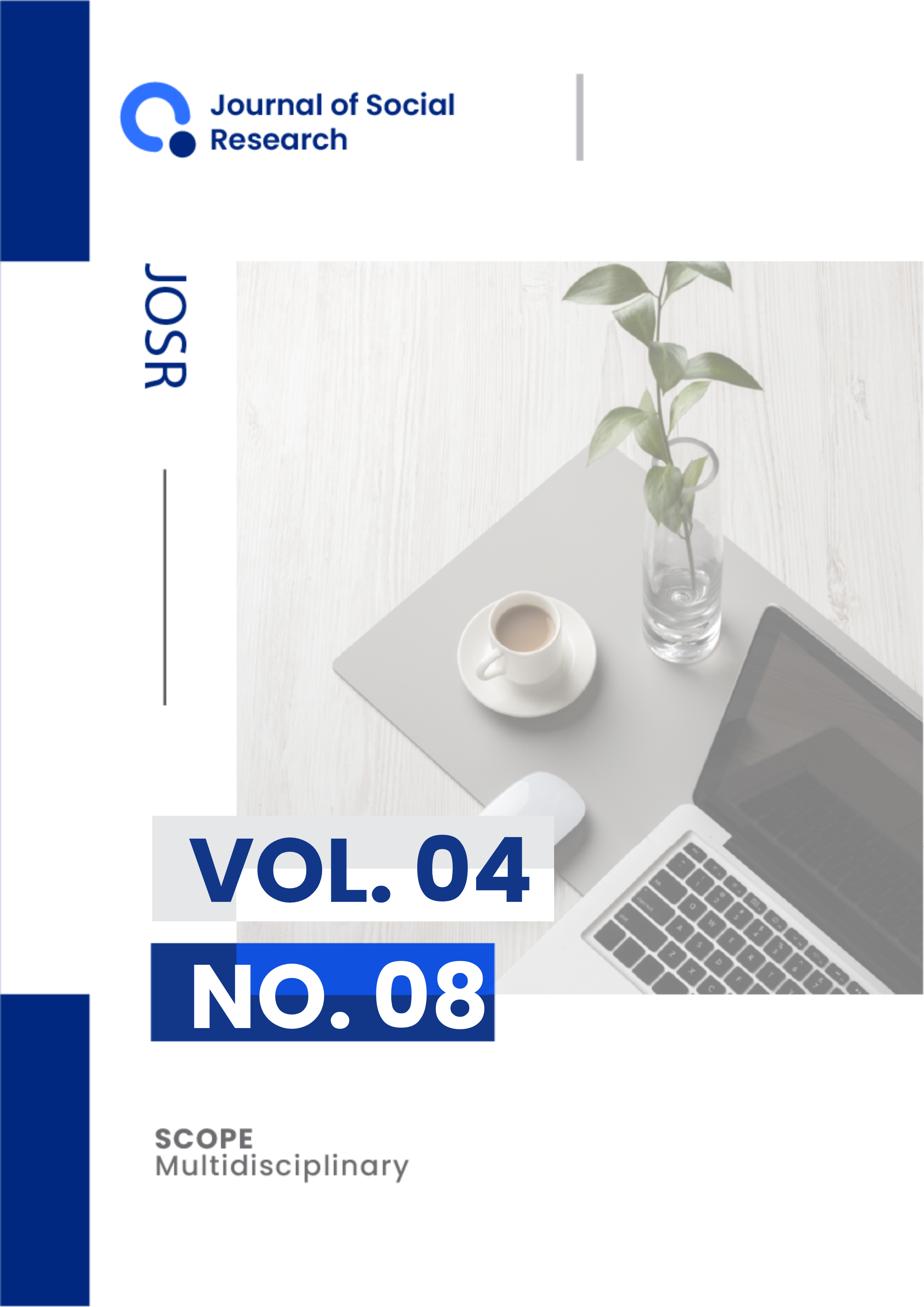Route Choice Analysis to Office Areas Using “All or Nothing” Approach and User Perceptions
DOI:
https://doi.org/10.55324/josr.v4i7.2690Keywords:
All Or Nothing, ArcGIS, Route Choice, SPSS, TransportationAbstract
Route selection is a critical process in designing an efficient transportation system, as inaccuracies in route choice can lead to delays and adverse effects on worker health and productivity. The purpose of this study is to identify preferences and factors influencing the selection of travel routes, as well as to map alternative routes based on these influential factors. The methods employed in this study include a questionnaire survey of office workers, which was then analyzed using the ordinal logit model and multinomial logistic regression with the assistance of SPSS software. Additionally, the all-or-nothing assignment method was applied to determine the optimal routes, using ArcGIS as a geospatial mapping and analysis tool. The results indicated that traffic density, distance, travel cost, and travel time were the primary factors affecting route choice decisions, with cost being the most significant. Conversely, individual characteristics such as age, gender, and education level did not have a statistically significant effect. This study recommends the adoption of an alternative route selection model to identify the most efficient commuting routes from various zones within the region, considering key factors such as traffic congestion levels, distance, cost, and travel time efficiency.Downloads
Published
Issue
Section
License
Copyright (c) 2025 Gilang Farhanudin, Nursuci Mar’atussolicha, Siti Aisyah Agustin, Mira Lestira H.

This work is licensed under a Creative Commons Attribution-ShareAlike 4.0 International License.

This work is licensed under a Creative Commons Attribution-ShareAlike 4.0 International.
Authors who publish with this journal agree to the following terms:
- Authors retain copyright and grant the journal right of first publication with the work simultaneously licensed under a Creative Commons Attribution-ShareAlike 4.0 International (CC-BY-SA). that allows others to share the work with an acknowledgement of the work's authorship and initial publication in this journal.
- Authors are able to enter into separate, additional contractual arrangements for the non-exclusive distribution of the journal's published version of the work (e.g., post it to an institutional repository or publish it in a book), with an acknowledgement of its initial publication in this journal.
- Authors are permitted and encouraged to post their work online (e.g., in institutional repositories or on their website) prior to and during the submission process, as it can lead to productive exchanges, as well as earlier and greater citation of published work.








